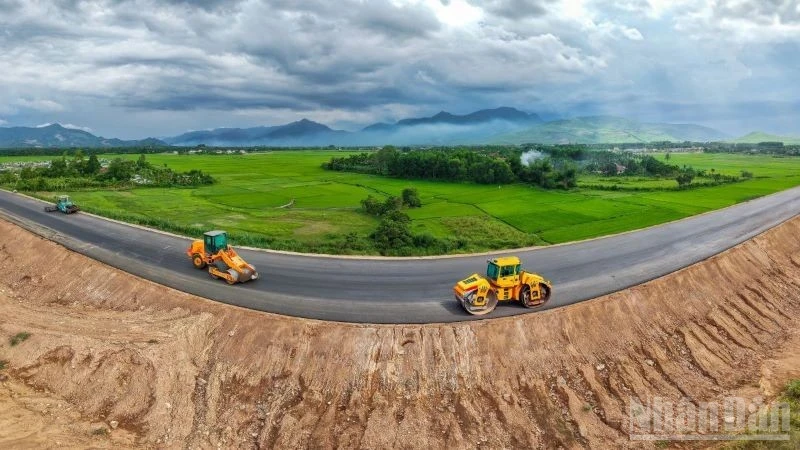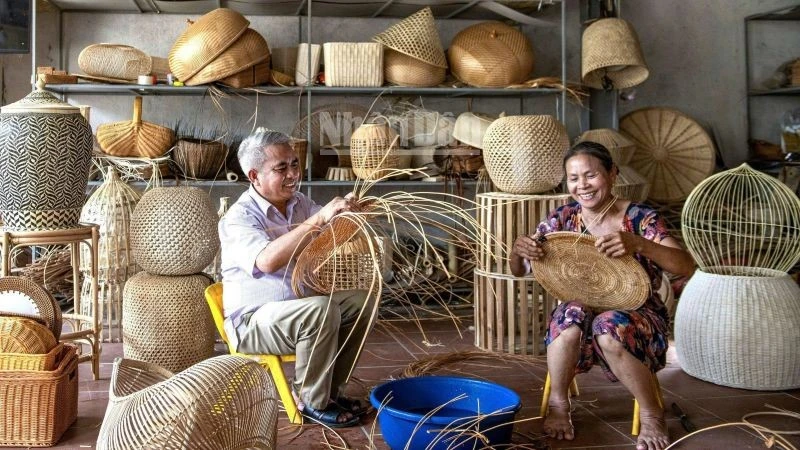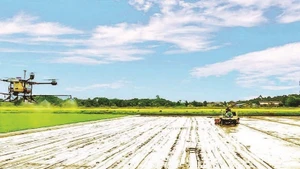The report states clearly that agricultural production in October focused on harvesting autumn rice and autumn–winter rice as well as planting winter crops in the northern region.
Poultry farming maintained stable growth, pig farming is gradually recovering, and falling animal feed prices have helped secure profits for enterprises and livestock households.
Fishery production continued to grow positively, especially in pangasius and brackish-water shrimp farming, meeting domestic consumption needs and supplying raw materials for export processing in the final months of the year.
However, forestry production and marine fishing both declined due to the impact of storms and storm circulation during the month.
Specifically, in the 2025 summer–autumn crop, the country planted 1.5213 million hectares, down 9.9 thousand hectares compared with the 2024 summer–autumn crop. As of October 20, 2025, the country had harvested 865.5 thousand hectares of autumn rice, equivalent to 91.7% of the volume from the same period in 2024 and 56.9% of the planted area.
For the autumn–winter rice crop, as of October 20, the Mekong Delta and Tay Ninh have sown 699.2 thousand hectares, equivalent to 97.6% of the same period in 2024. Most autumn–winter rice fields are in the heading stage and are generally developing well.
Alongside rice planting, localities across the country are sowing winter crops. The cultivated area of several crops has fallen sharply compared with the same period in 2024, mainly due to storms and post-storm circulation causing heavy rain, flooding, and wash-outs, affecting planting schedules.
Buffalo farming continues its downward trend, mainly due to shrinking natural grazing areas, high investment costs, long rearing periods, and low profits. Pig farming is gradually recovering after the impact of African swine fever, though the recovery remains slow.
Several localities are enhancing the application of livestock technology to ensure biosecurity, developing production–consumption chain linkages and encouraging enterprises to expand production to supply meat to the market in the final months of the year. Poultry farming is developing steadily, with disease outbreaks under control and consumer demand being met.
In the first ten months of 2025, the area of newly planted concentrated forest is estimated at 253.1 thousand hectares, up 8.8% year on year; the number of scattered forestry trees planted reached 74.7 million, up 1.3%; and timber output reached 20.4653 million m³, up 7.8%.
In October 2025, fishery output was estimated at 895.3 thousand tonnes, up 2.8% year on year; aquaculture output was estimated at 597.3 thousand tonnes, up 5.2% year on year.
Overall, in the first ten months of 2025, total fishery output was estimated at 8.1571 million tonnes, up 3.1% compared with the same period in 2024.
















